I'm thinking of making a simple self-contained .NET application with WPF that can run on any modern Windows system without requiring the end-user to download and install .NET Framework manually.
As far as I know user just need to click on .exe and wait some time until required libraries are installed.
But applications that were compiled for 3.5 use old L&F on most recent Windows.
Is there any way to make applications look like this:
and not like this (if user already has .NET Framework 4+):

